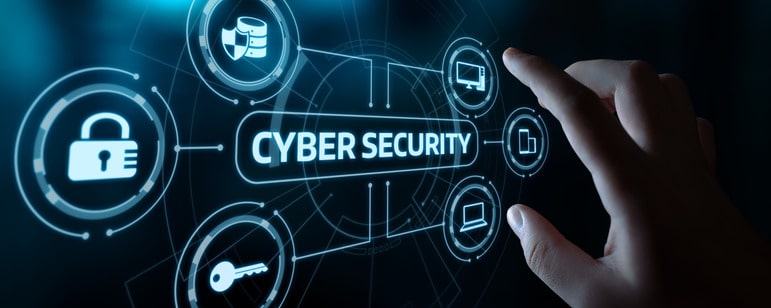According to data from Security Magazine, 75% of business leaders say that cybersecurity is among their top priorities. With so many threats and points of vulnerability, companies are, therefore, striving to build a cybersecurity culture that encompasses their beliefs, values, and practices regarding information technology.
Below are some steps you can take to develop a stronger cybersecurity culture in your own workplace.
What Is Cybersecurity Culture?
Before diving into how to establish an enhanced cybersecurity culture, it’s important to understand what doing so entails.
Building a cybersecurity culture demands more than implementing a set of security countermeasures on your networks and computer systems. It’s about developing a mindset in which you and your employees work together to identify vulnerabilities and learn to navigate potential security threats.
As such, developing a cybersecurity culture involves a preventive as well as a restorative approach. Not only will your employees understand how to identify potential risks, but your organization will be better prepared to address data leaks and other forms of cyberattacks.
Building a Cybersecurity Culture in Your Workplace
While software and firewalls are essential, companies can thrive when their cybersecurity culture contains a mix of the following elements:
Leadership Commitment
Company culture is structured from the top down. As such, leaders must set a strong example of proactive behaviors such as risk assessments and password protection to illustrate the company’s commitment to data security. And talking about these measures regularly can remind employees of the need to pay attention to possible threats.
Company leaders should also invest in software updates, training, and other means of shoring up vulnerabilities and preventing cyberattacks. Allocating funds to these measures, as well as training programs, can demonstrate a full commitment to cybersecurity in your workplace.
Cybersecurity Awareness
By now, your employees can spot spam emails promising instant cash or gift cards. But are they able to identify advanced social engineering attacks? Today’s scammers can send malicious links by duplicating important emails or emulating your legitimate
business contacts with a high degree of accuracy. And even then, these are just some of the cyber threats currently plaguing American businesses.
Training your employees on the latest threats and vulnerabilities can help your team members be better prepared for cyberattacks when they arise.
Clear Accountability
A strong cybersecurity culture will communicate that security is the responsibility of everyone in your organization. At the same time, though, your team should have a clear understanding of who is responsible in the wake of a cyberattack.
The FTC has a detailed list of steps to take after a data breach. Make sure that your team members know who’s responsible for removing malicious content from your website, communicating with affected clients/customers, and securing areas related to the breach.
A Proactive Approach
Don’t wait for a breach to occur. Instead, train your employees on the best practices to avoid threats and scams. Accompany your training with risk assessments and simulations to identify further sources of vulnerability and how to respond quickly.
Staying up to date will also help you understand and respond to the latest challenges and threats. A culture of cybersecurity can never be foolproof, but the more you can do in advance of an attack, the better prepared you will be.
Continuous Improvement
A cybersecurity culture is one of continuous improvement. In fact, when it comes to data security, it is an essential component. Your entire organization should strive to update its cybersecurity protocols regularly as you adjust to new threats or new risks.
Risk assessments can be critical for identifying your organization’s weak points. Seeking to upskill your workforce through training can help you accomplish the tandem goals of prevention and response, creating greater resilience across your entire team.
Prevention and Preparation
Fostering a cybersecurity culture through process and accountability will help you prevent cyberattacks and prepare for those that inevitably break through. Business leaders can promote greater awareness and support by implementing safety protocols, providing training, and encouraging a proactive mindset in the face of evolving security threats. In the end, your team members are your greatest resource, and in many cases, they will serve as an important line of defense against malicious attacks.







